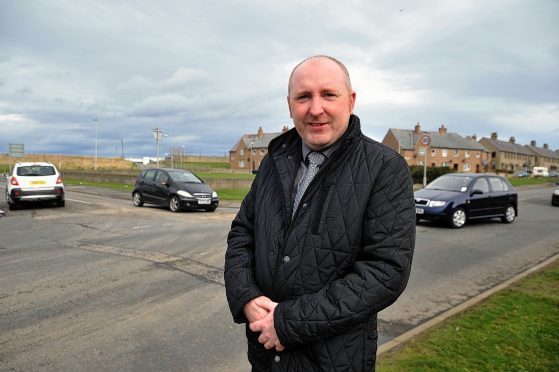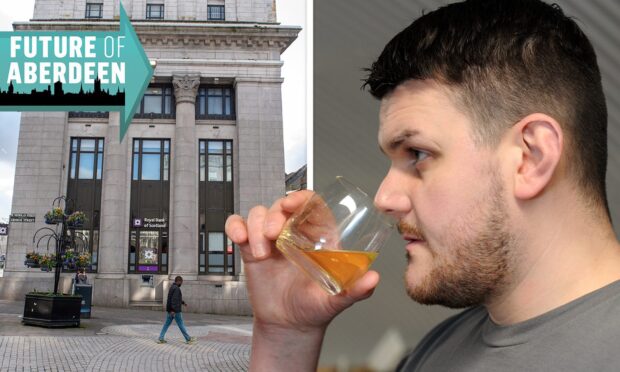A councillor has called for Aberdeenshire’s planning system to be overhauled to prevent elected members blocking applications behind the scenes.
Troup member Hamish Partridge is urging the leaders of Aberdeenshire Council to consider a more “democratic” way to deal with planning applications.
In an open letter to co-leaders Alison Evison and Richard Thomson, Mr Partridge said: “I write to you today to ask you to look at changing the way Aberdeenshire Council deals with local planning applications to make them fair and transparent, taking all applications to an open public meeting with all the councillors within the appropriate area committee.
“This will allow the application to be decided in a proper and open way with scrutiny, and not just by two councillors out of a possible 10 or more.”
Under the local authority’s current rules, applicants submit their proposals to the planning department. If the plan fits with guidelines, it is passed to the three or four local ward councillors to decide.
Members can request that applications are discussed at a public meeting.
But in practice, this means the objections of just two councillors can sink an entire project.
Mr Partridge – formerly an SNP councillor until he broke away from the group in June – has called for all applications to be dealt with in public to encourage proper “scrutiny”.
He added: “The fact that two councillors out of three can decide the fate of a planning application which could be anything from someone’s dream house to the future survival of a business is completely unacceptable, how can this be a democratic and proper?”
The council is currently changing the way decisions are made with a shake-up of policy committees and more decision-making powers handed to local members.
Last night Mrs Evison said the governance review is “testament” to the council’s commitment to fairness, impartiality and transparency.
She added: “If there are ideas presented about how to improve this process, while maintaining the principles on which it is based, it is important to consider these in a similar way to how governance has been reviewed.”
It is understood Mr Partridge and Mrs Evison could meet this week to discuss the proposals further.










